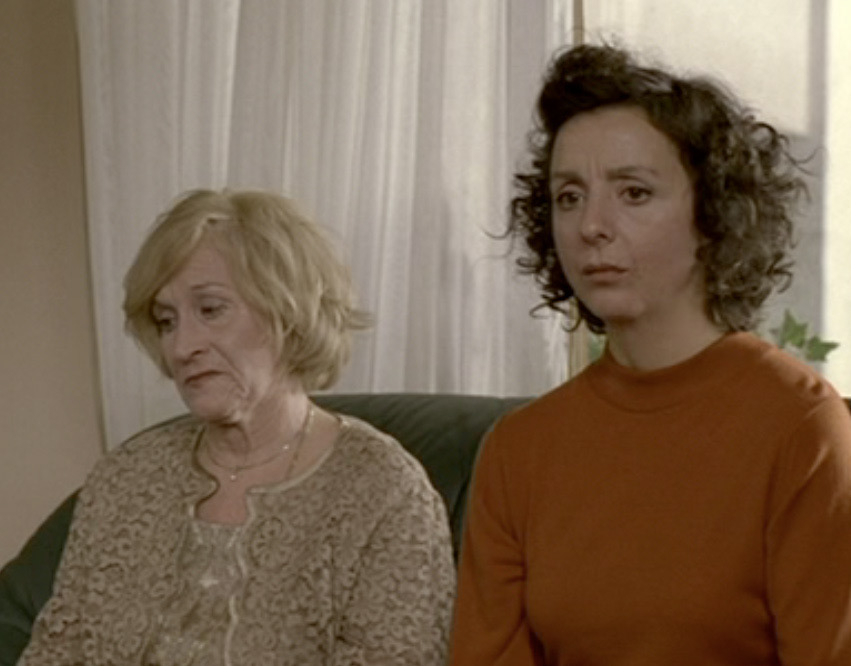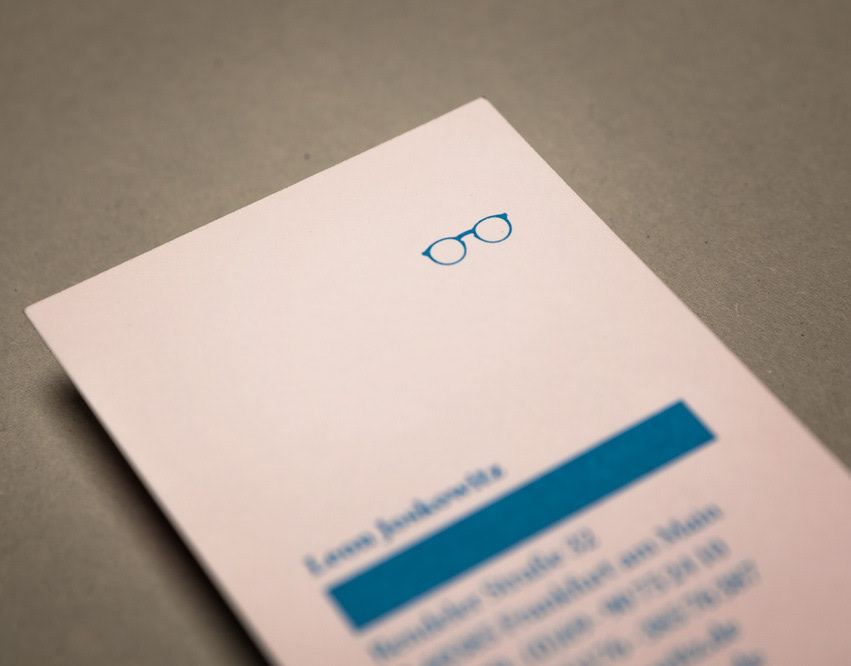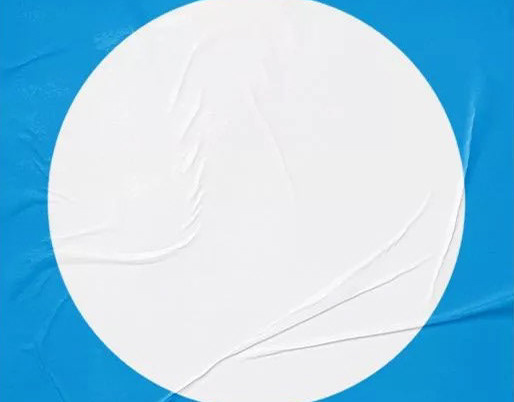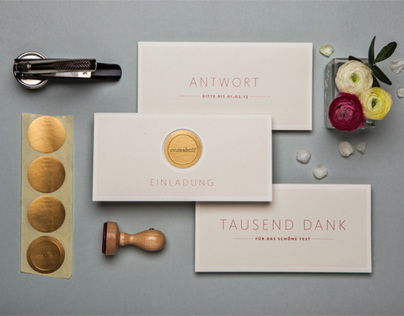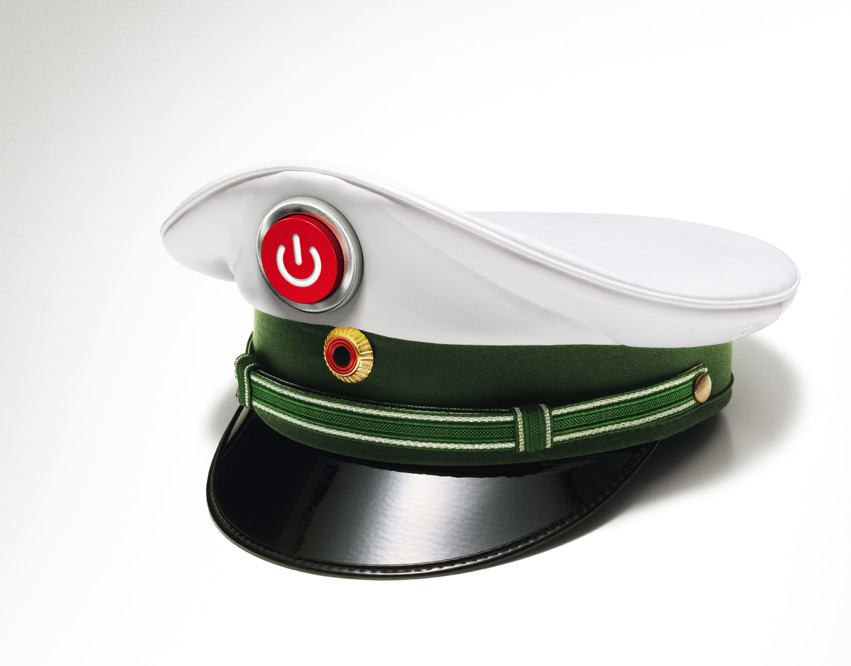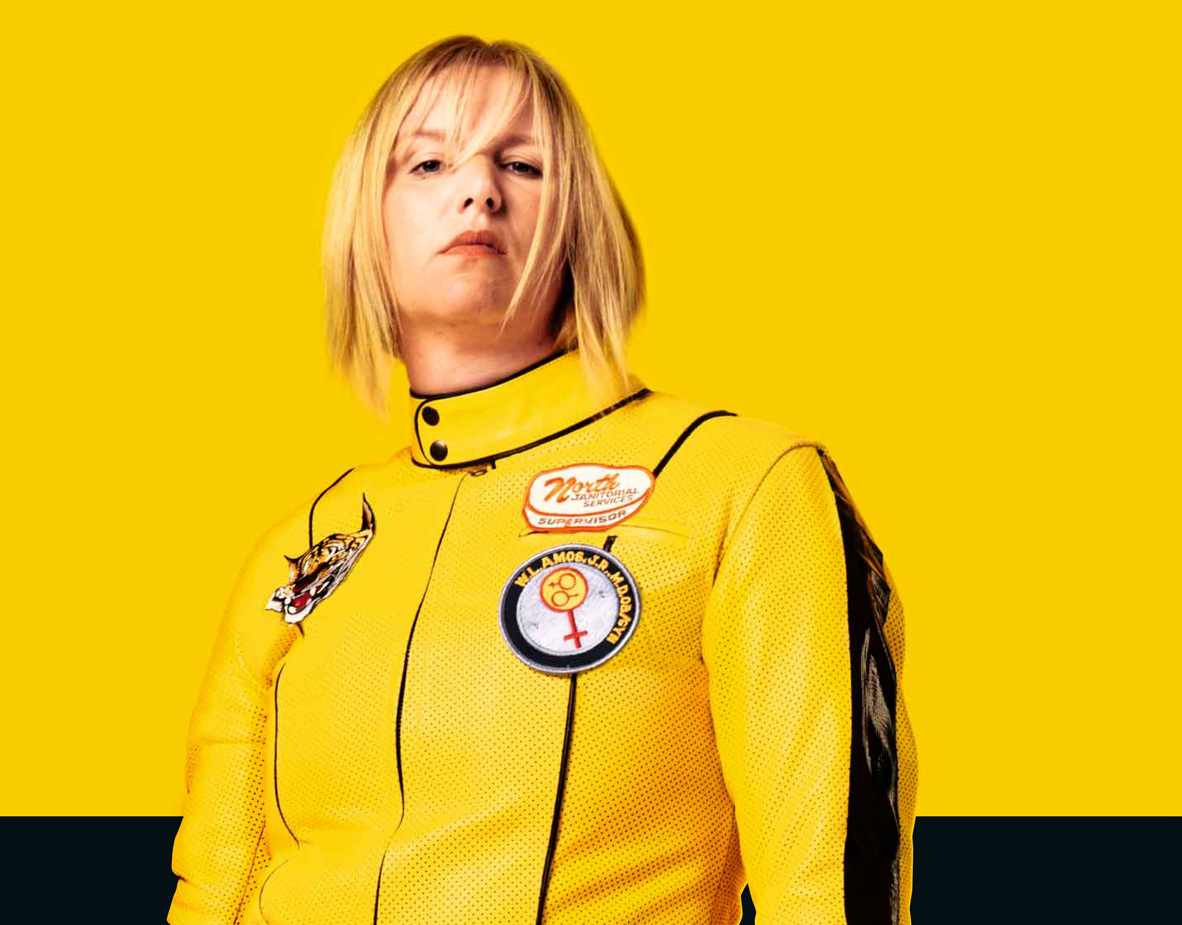Other than in most European countries in Germany you have to make an active decision to be registered as on Organ Donor. This decision is being registered on the so called „Organspendeausweis“ – the Organ Donor ID. Unfortunately this Organ Donor ID is a very ugly, not very desirable, credit-card-sized piece of paper or plastic you have to fill out yourself. And after a couple of months in your wallet, it slowly starts to dissolve and you have to motivate yourself all over again, order a new „Organspendeausweis“ and fill it out. Again and again and again. On top, the key-visual of the annual campaign to motivate people to register is, you’ve guessed it, the ugly Organ Donor Card.
Under these circumstances it was almost impossible not to ask ourselves the following questions. How could an organ donor ID look like, that actually motivates people to register as organ donors because it’s so desirable? An organ donor ID that accompanies you throughout your whole life and gives the topic of organ donation more visibility in everyday life?
This is how the „Entscheidungsträger“ (decision-maker/carrier) came to live. A proposal that shows how we can use a synergy of communication and product design to win people over to important ideas.
This is how the „Entscheidungsträger“ (decision-maker/carrier) came to live. A proposal that shows how we can use a synergy of communication and product design to win people over to important ideas.
––––––
Wie könnte ein Organspendeausweis aussehen, der mehr Menschen dazu bewegt sich als Organspender zu registrieren. Ein Organspendeausweis der so begehrenswert ist, dass Menschen ihn aus sich heraus haben wollen? Ein Organspendeausweis der einen ein Leben lang begleitet und dem Thema Organspende mehr Sichtbarkeit im Alltag verleiht?
In Zusammenarbeit mit Studio Boettger haben wir den „Entscheidungsträger“ entwickelt. Ein Konzept-Vorschlag, das aufzeigt, wie wir Kommunikations- und Produktdesign nutzen können, um Menschen für wichtige Ideen zu gewinnen.

